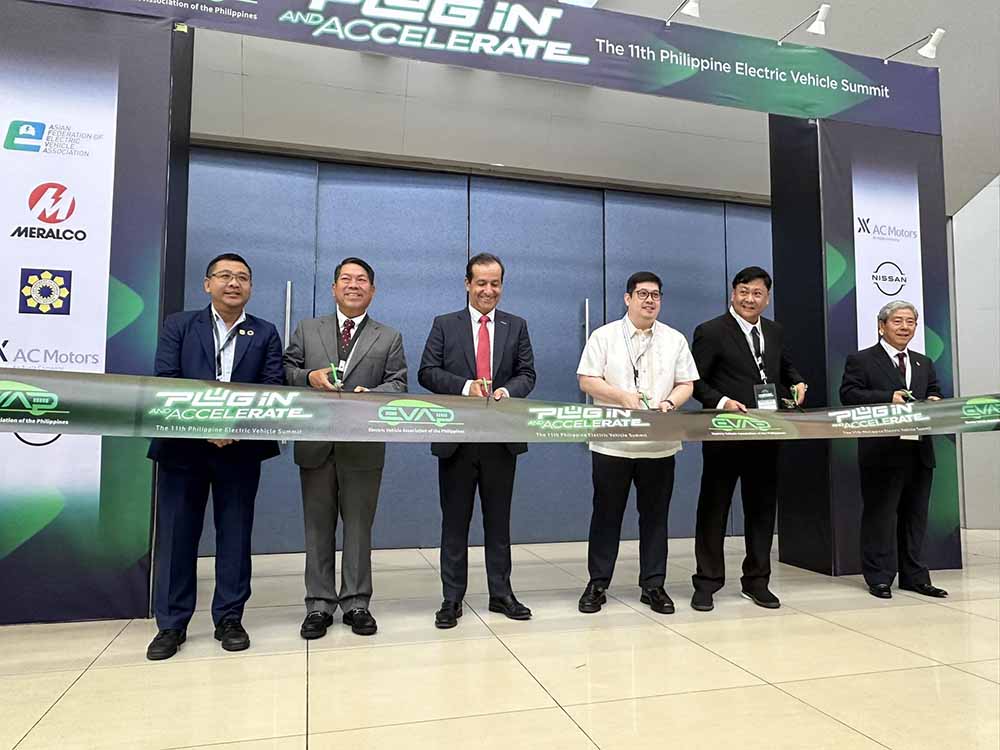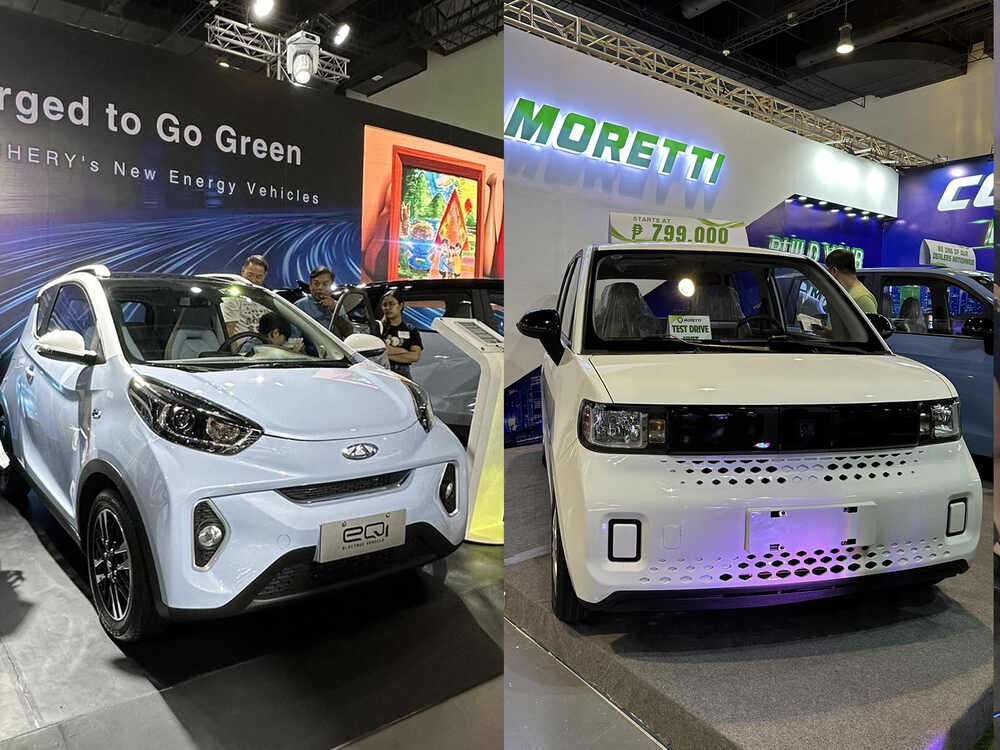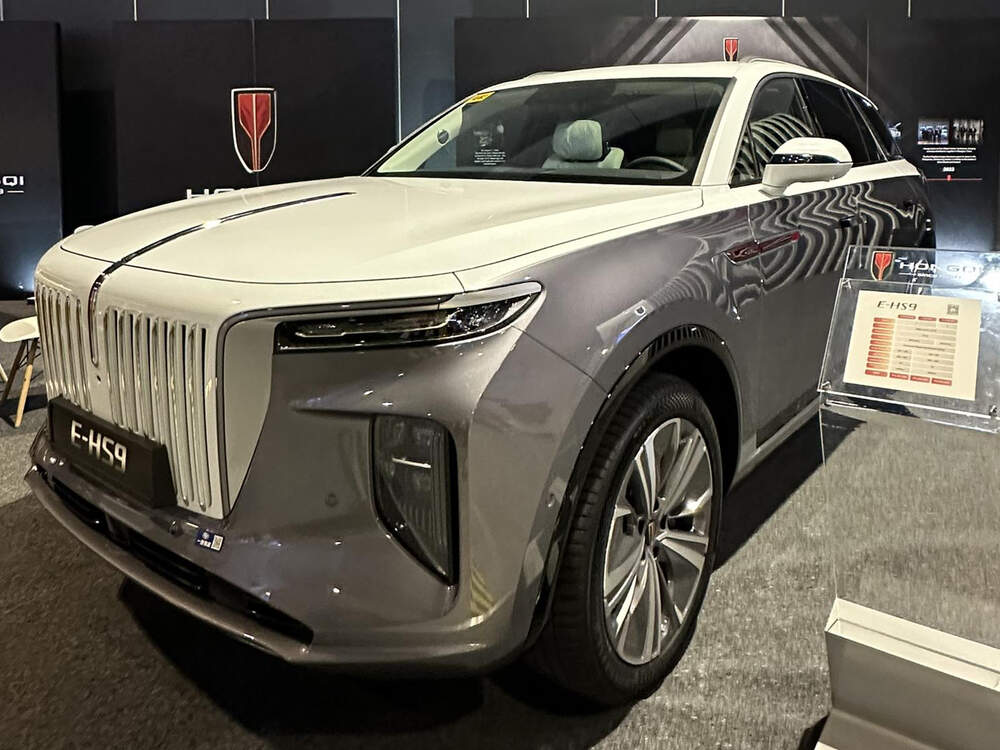THE 11th Philippine Electric Vehicle Summit (PEVS) sees 6.6 million electric vehicles (EV) will hit the roads by 2030. This according to a forecast made by Electric Vehicle Association of the Philippines (EVAP) president Edmund Araga in his keynote speech at the opening of the summit, the biggest gathering for electric vehicles in the country.

“This is an attainable number because there is clearly an upcoming market shift towards sustainability. We have all out support from the national government through EO No. 12, and support from the concerned agencies too, like DoE and DoTR. Though target will be mostly for two-wheeler EVs and tricycles, but the growth in electrified commercial vehicles is also expected. Private vehicles will also grow because of the number of players and the increasingly competitive pricing as well as a reasonable number of charging stations in the urban centers around the Philippines,” Araga told Malaya Business Insight through Messenger.


This ambitious target underscores the remarkable growth potential of the industry, facilitated by strong government support and the rapid adoption of various EV forms by the private sector.
Ferdinand Raquelsantos, Chairman Emeritus of EVAP, emphasized the critical role of Republic Act No. 11697, known as the Electric Vehicle Industry Development Act (EVIDA), in promoting and implementing policies that will accelerate the sector’s expansion. He made it clear that these estimations are subject to change as government policies evolve and may even encourage more to embrace sustainability and electrification.
The key to this bold projection lies in effective policy implementation, with a specific focus on fostering manufacturing and essential infrastructure such as charging stations. Executive Order No. 12, for example, which eliminates tariff rates on completely built-up imported EVs for five years, has played a significant role in enhancing the competitiveness of EVs in the Philippine market.
Additionally, the exemption of EVs from excise tax and the reduction of excise tax by 50% for hybrid vehicles under the Tax Reform for Acceleration and Inclusion Law are contributing factors.
The 11th PEVS, the most extensive yet, has showcased electric vehicles from a wide range of car manufacturers, highlighting the growing presence of EVs in the Philippine automotive landscape.
Beijing Automobile Works (BAW), BYD, Chery, DongFeng, Great Wall Motors (GWM), Honqi, Hyundai, Jetour, Kia, Lotus, Nissan, and SAIC-MG, along with the all-EV brand Moretti, have demonstrated their EV models, creating a diverse EV market in the Philippines.
Notably absent this year are Mitsubishi Motors who has been a PEVS participant for over 5 years. Also not present at GAC, newbie Omoda-Jaecoo and Toyota. Toyota is also a leader in electrification in the Philippines introducing the Prius over 10 years ago. Hybrids are crucial in the shift towards more sustainable mobility solutions.
The Philippines has seen a surge of interest in EVs. For three days from October 19 to 21, an estimated 100,000 visitors attended the 11th PEVS which was held at the SMX Convention Center in Pasay City. With nearly 100 exhibitors and booths, the event has become a significant platform for showcasing and promoting the latest EV technologies and vehicles.

Several automakers unveiled their EV models at the event. The most significant is BYD’s launch of the ATTO 3, a compact electric SUV expected to boost EV adoption in the Philippines. It features a range of up to 415 km on a single charge.
Chery displayed three EVs: the Tiggo 7 Pro PHEV, the eQ1, and the eQ7. These models cover a range of options from a plug-in hybrid electric SUV to subcompact and compact electric cars.
 Great Wall Motors (GWM) introduced the Ora 3, a compact and stylish EV with a range of up to 400 km on a single charge.
Great Wall Motors (GWM) introduced the Ora 3, a compact and stylish EV with a range of up to 400 km on a single charge.
The most expensive EV unveiled was the Lotus Eletre, a high-performance electric SUV with a range of up to 600 km on a single charge, boasting exceptional power and acceleration priced at P10M.

The most affordable presented as the Moretti the Super Compact Micro-SUV, a new electric microcar perfect for city driving with a range of up to 200 km on a single charge which costs only P799K. The Chery Ice Cream is only P699K.
Other notable displays and launches:
- Dongfeng exhibited the Rich6 EV, the EV Nano Box, and the EV EC31. These models include a midsize SUV, a small commercial vehicle, and a subcompact SUV, offering diverse EV options.
- Honqi showcased the ultra-luxury EHS9 SUV EV with an impressive range of up to 462 km on a single charge.
- Hyundai Motor Philippines (HMPH) presented its all-electric models, the IONIQ 5 and IONIQ 6, both recognized as World Cars of the Year.
- SAIC’s MG brand displayed the ZS EV and the 5 EV, offering subcompact electric SUVs with a focus on affordability and practicality for Filipino families.
There were several displays of charging stations, commercial electric trucks from Foton and re-engineered truck platforms from AutoKid. The Philippine EV market is poised for significant growth, driven by both government policies and increasing consumer interest, creating a promising future for sustainable mobility in the country.
A significant highlight of this year’s PEVS is the launch of the United Nations Industrial Development (UNIDO) Project, which aims to accelerate the adoption and scaling of electric mobility for low-carbon city development.






